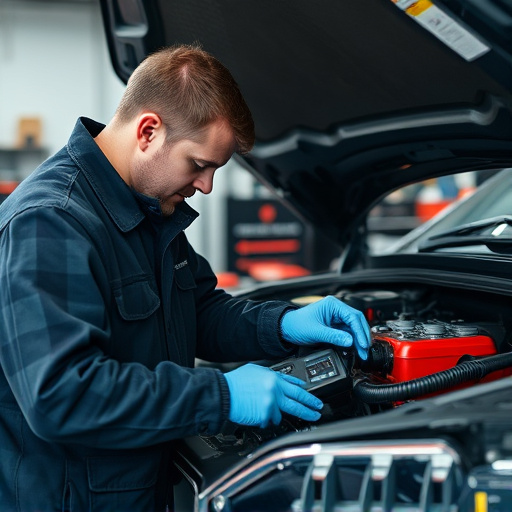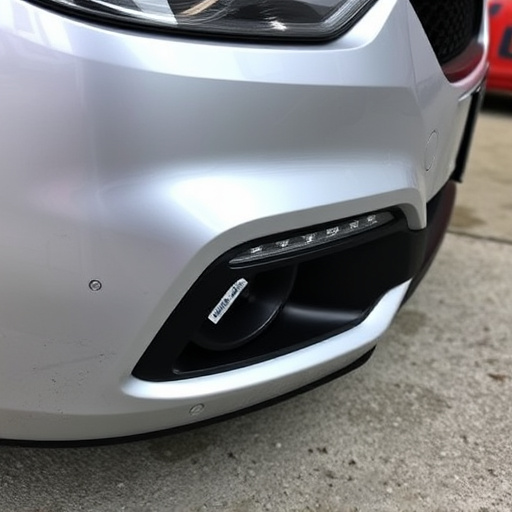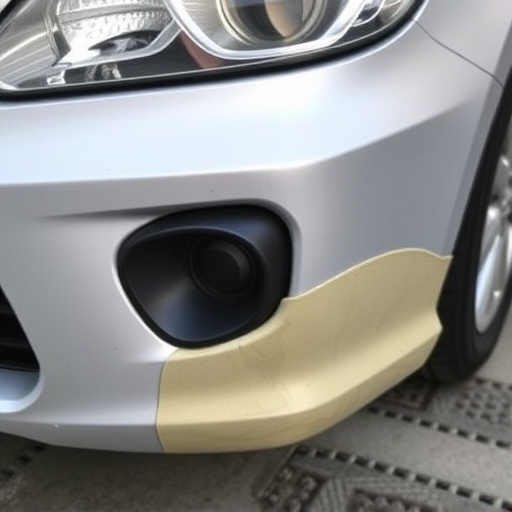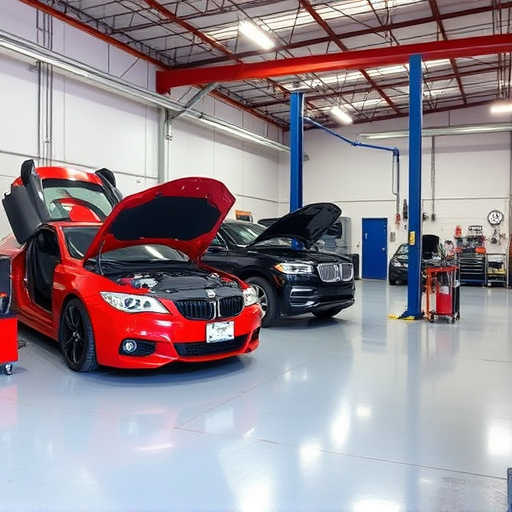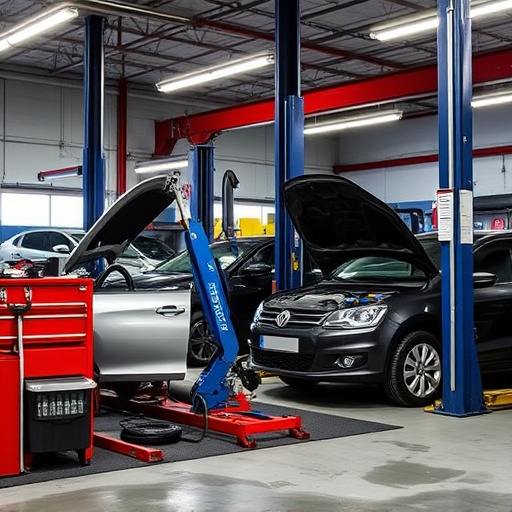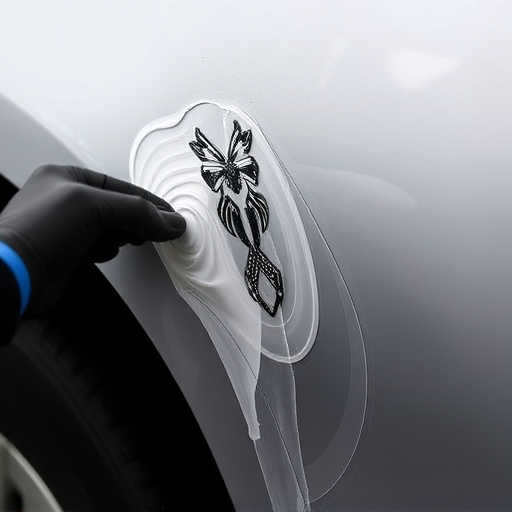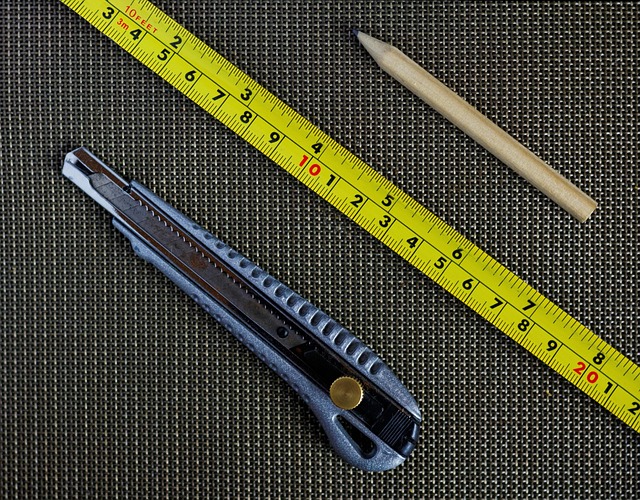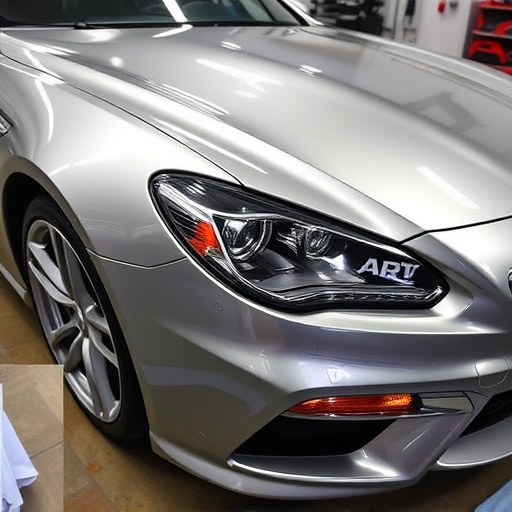A Tesla Model 3 front fascia repair isn't just cosmetic; it ensures the safety and functionality of vital sensors crucial for advanced driver-assistance systems (ADAS) and autonomous driving. This meticulous process involves removing, replacing or recalibrating sensor modules, precise alignment, calibration, and testing by skilled technicians. Post-repair, proper cleaning, re-alignment to manufacturer specs, regular checks, and adherence to paint repair standards maximize sensor performance for safe driving assistance in all conditions.
“Looking to enhance your Tesla Model 3’s sensor integration and accuracy? This comprehensive guide delves into the intricate world of Model 3 front fascia repair, a crucial aspect of maintaining optimal vehicle performance. We explore the unique design and sensors of this electric powerhouse, then provide a step-by-step process for successful replacement and integration. Additionally, discover expert tips to ensure your Tesla’s sensors function at peak levels post-repair.”
- Understanding Tesla Model 3 Front Fascia and Its Sensors
- The Process of Replacing and Integrating Sensors Accurately
- Tips for Ensuring Optimal Sensor Performance After Repair
Understanding Tesla Model 3 Front Fascia and Its Sensors

The Tesla Model 3, a sleek and modern electric vehicle, boasts an elegant design with a front fascia that plays a crucial role in its overall aesthetics and functionality. This component houses various sensors, each integral to the car’s advanced driver-assistance systems (ADAS) and autonomous capabilities. Among these, the camera and LiDAR sensors are vital for accurate sensor integration, enabling features like automated driving and advanced safety measures.
A Tesla Model 3 front fascia repair is not merely about cosmetic enhancement; it ensures the optimal performance of these critical sensors. Over time, environmental factors such as dirt, debris, or minor collisions can impact the fascia’s integrity, potentially affecting sensor accuracy. Therefore, a well-executed auto body work on the front fascia not only restores the vehicle’s aesthetic appeal but also maintains the precision required for its innovative driver assistance and autonomous driving capabilities, thereby enhancing overall safety on the road.
The Process of Replacing and Integrating Sensors Accurately

Replacing and integrating sensors accurately in a Tesla Model 3 front fascia involves meticulous precision. First, the old fascia must be carefully removed, taking care to avoid damaging surrounding components. This exposes the various sensor modules, which are then meticulously disassembled for replacement or recalibration as needed. Once the new or refurbished sensors are secured, precise alignment is crucial for optimal performance and accuracy. Integrating these sensors seamlessly with the vehicle’s existing systems ensures a flawless transition, maintaining the Tesla Model 3’s advanced safety features without compromise.
The process demands a deep understanding of automotive technology and expertise in sensor functionality. Similar to intricate auto body restoration on vehicles like Mercedes-Benz, where every detail matters, accurate sensor integration is key to preserving the Tesla Model 3’s performance and safety capabilities. Skilled technicians use specialized tools and techniques to ensure each sensor is correctly positioned, calibrated, and tested before final reassembly, guaranteeing optimal functionality during all driving conditions.
Tips for Ensuring Optimal Sensor Performance After Repair

After a Tesla Model 3 front fascia repair, ensuring optimal sensor performance is crucial for safe and accurate driving assistance features. The first step involves thoroughly cleaning the area around the sensors to remove any debris or contaminants that could interfere with their operation. This includes using compressed air to blast away dust and dirt particles. Next, re-align the sensors precisely as per the manufacturer’s specifications, as even a slight misalignment can impact their effectiveness.
Regular checks post-repair are essential too. Test the sensors’ functionality by driving through various conditions—urban streets, highways, and parking lots—to verify their accuracy in detecting obstacles, traffic signs, and other vehicles. Additionally, keep your auto repair shop informed about any unusual sensor behavior or unexpected readings to address potential issues promptly. Remember, a car paint repair that aligns with the highest standards can significantly enhance these sensors’ longevity and performance.
Repairing the Tesla Model 3’s front fascia to integrate sensors accurately is a meticulous process that requires precision and attention to detail. By following the outlined steps, you can ensure optimal sensor performance, enhancing the vehicle’s overall safety and technological capabilities. Remember, a successful repair involves a deep understanding of the car’s components and a commitment to maintaining accuracy throughout. For any Tesla owners facing similar challenges, tackling this task can significantly contribute to their Model 3’s continued excellence on the road.
